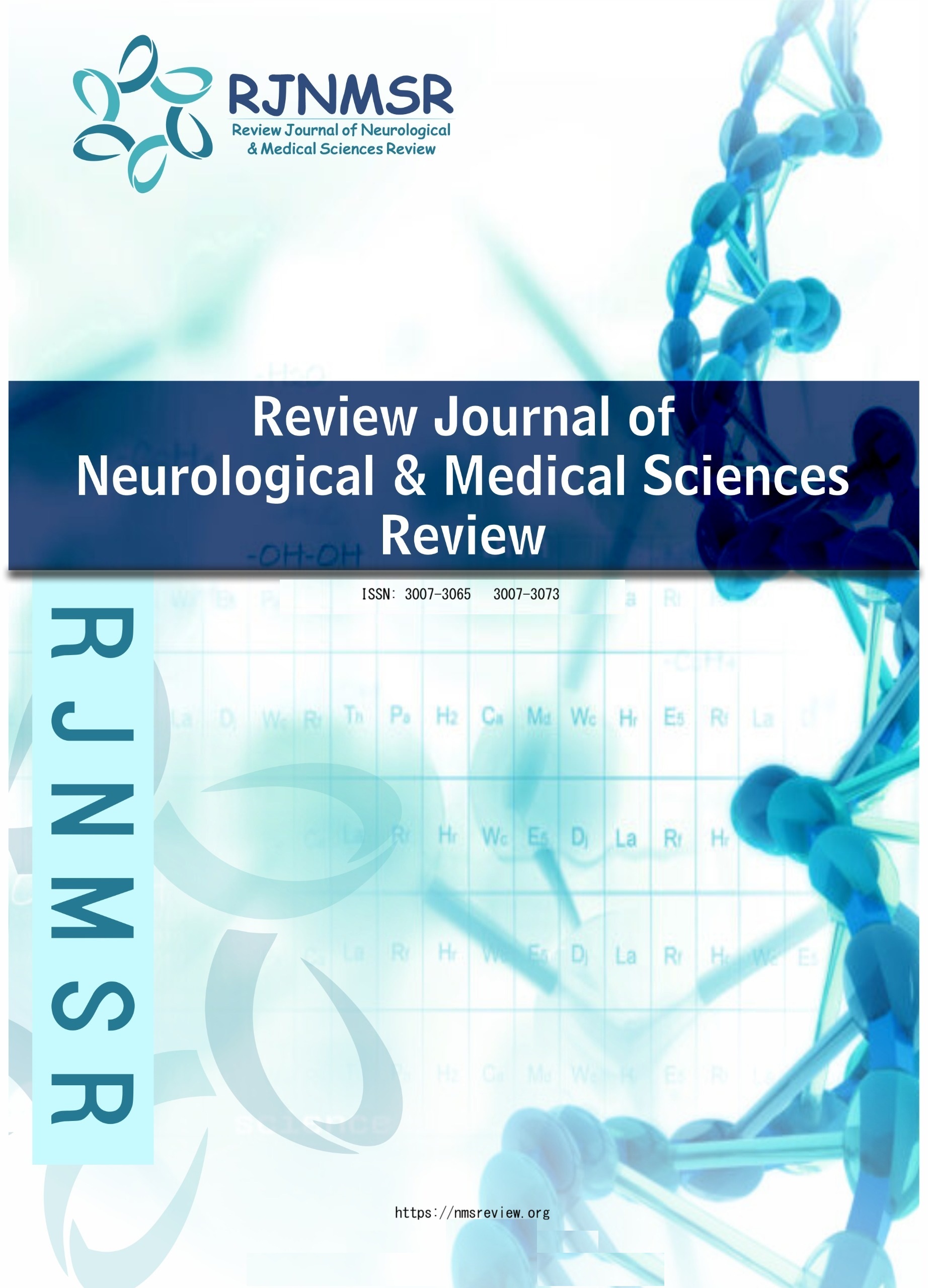DEEP LEARNING IN NEURO-IMAGING: A CNN-BASED HYBRID ARCHITECTURE INTEGRATING MRI AND IMAGE-PROCESSING TECHNIQUES FOR ACCURATE BRAIN TUMOR DETECTION AND CLASSIFICATION
DOI:
https://doi.org/10.63075/5r9zn516Keywords:
Convolutional Neural Networks, Image Preprocessing, Grad-CAM visualization, Brain Tumor Detection, Radiomics and Texture Analysis, Magnetic Resonance Imaging, Automated diagnostic systemAbstract
Brain tumor detection and classification represent critical challenges in modern neuro-imaging, where diagnostic accuracy and early intervention directly influence patient survival. Conventional radiological assessments relying solely on expert interpretation of magnetic resonance imaging (MRI) are often limited by inter-observer variability, processing time, and subjective judgment. To overcome these challenges, this study proposes a deep learning–based hybrid architecture that integrates convolutional neural networks (CNNs) with advanced image-processing techniques for precise and automated detection and classification of brain tumors from MRI scans. The proposed hybrid framework combines traditional image enhancement operations with data-driven feature learning to leverage both domain knowledge and deep feature abstraction. In the preprocessing stage, MRI images undergo intensity normalization, skull stripping, bias-field correction, and contrast-limited adaptive histogram equalization (CLAHE) to improve tissue contrast and lesion visibility. Furthermore, anisotropic diffusion filtering and Gaussian smoothing are employed to reduce noise while preserving structural boundaries. Data augmentation strategies such as rotation, translation, scaling, and flipping were incorporated to enhance model robustness and generalization. The CNN-based architecture consists of multiple convolutional, pooling, and dense layers optimized through Rectified Linear Unit (ReLU) activation, batch normalization, and dropout regularization to prevent overfitting. The hybrid nature of the model lies in its integration of handcrafted texture features extracted via Gray-Level Co-occurrence Matrix (GLCM) and Local Binary Patterns (LBP) with deep features from the CNN layers, thus capturing both low-level intensity variations and high-level semantic information. The model was trained using the Adam optimizer with an adaptive learning rate and validated through five-fold cross-validation on publicly available MRI datasets such as BraTS and Figshare. Quantitative results demonstrate the superiority of the proposed hybrid architecture over conventional CNNs and machine learning classifiers. The framework achieved an average accuracy of 99.1%, sensitivity of 98.7%, and specificity of 98.9%, outperforming Support Vector Machines (SVM), Random Forests (RF), and Decision Trees (DT). Visual interpretability analysis using Gradient-weighted Class Activation Mapping (Grad-CAM) confirmed that the model accurately localized tumor regions and captured diagnostically relevant patterns. This hybrid deep learning framework provides a reliable, reproducible, and automated approach for neuro-imaging analysis. It not only enhances diagnostic precision but also reduces dependency on manual interpretation, paving the way for AI-assisted clinical decision support systems in neuro-oncology. Future research will focus on multi-modal data fusion, explainable AI, and federated learning frameworks to ensure scalable, transparent, and privacy-preserving clinical deployment.Downloads
Published
2025-10-21
Issue
Section
Articles
How to Cite
DEEP LEARNING IN NEURO-IMAGING: A CNN-BASED HYBRID ARCHITECTURE INTEGRATING MRI AND IMAGE-PROCESSING TECHNIQUES FOR ACCURATE BRAIN TUMOR DETECTION AND CLASSIFICATION. (2025). Review Journal of Neurological & Medical Sciences Review, 3(6), 119-156. https://doi.org/10.63075/5r9zn516

